Add new landmarks in the center of Shanghai: 115000m², free open
Author:One Time:2022.09.29

"Shanghai's World -Class New Landmarks", "Library Ceiling",
"New Internet celebrities with both face value and functions" ...
On social network,
The Shanghai Library East Pavilion attracted a lot of attention before opening,
During the public beta, it was even more praised.
September 28, 2022, after 7 years,
This largest single library in China is finally open to the public.
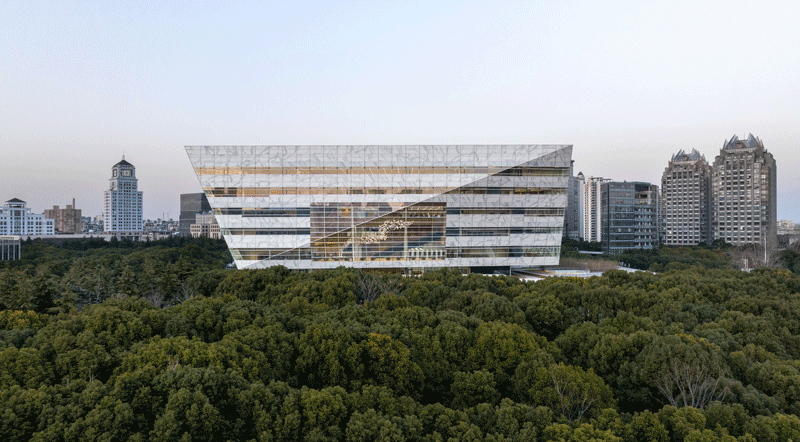
▲
Day and Night of the East Library of Shanghai Library
The area is 115,000 m下, 9 floors up and down,
The East Library of Shanghai Library is like a huge jade
Floating on the largest city forest in Shanghai.
More than 6,000 seats, from indoor to outdoor,
The scenery is different,
In addition to reading, you can also work, gather, watch performances ...
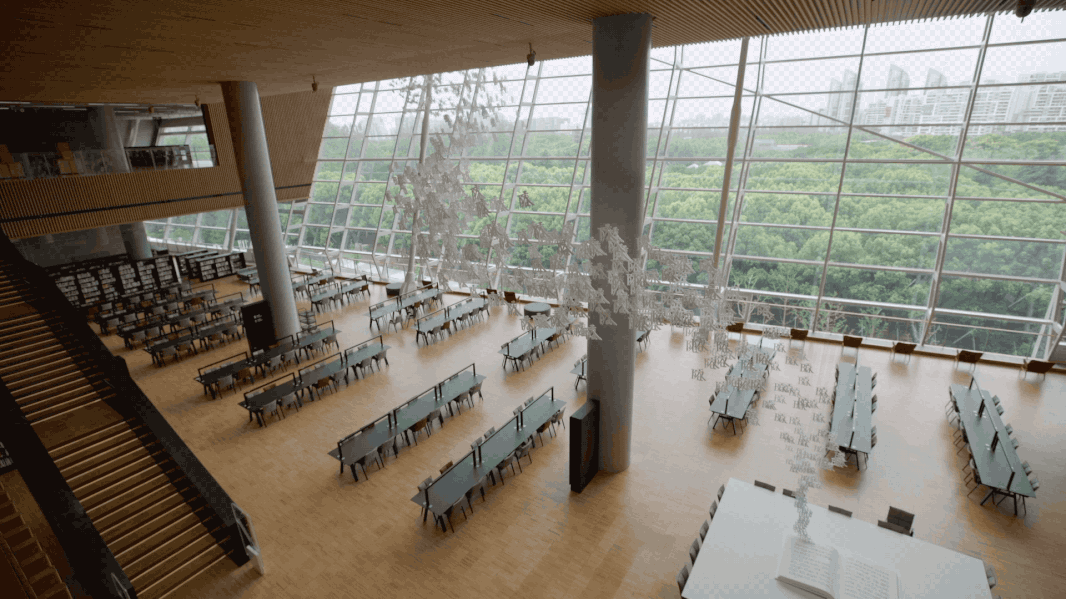
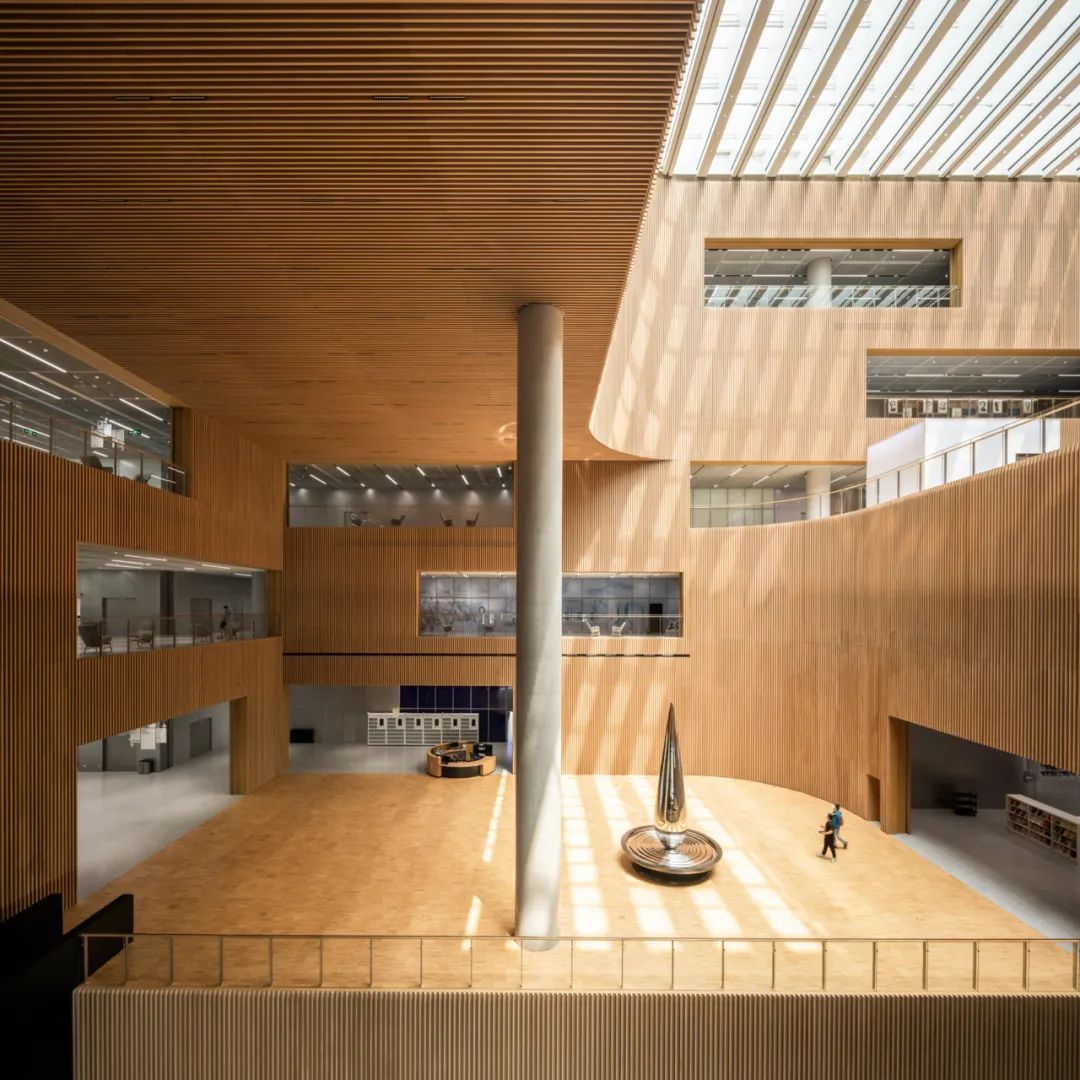
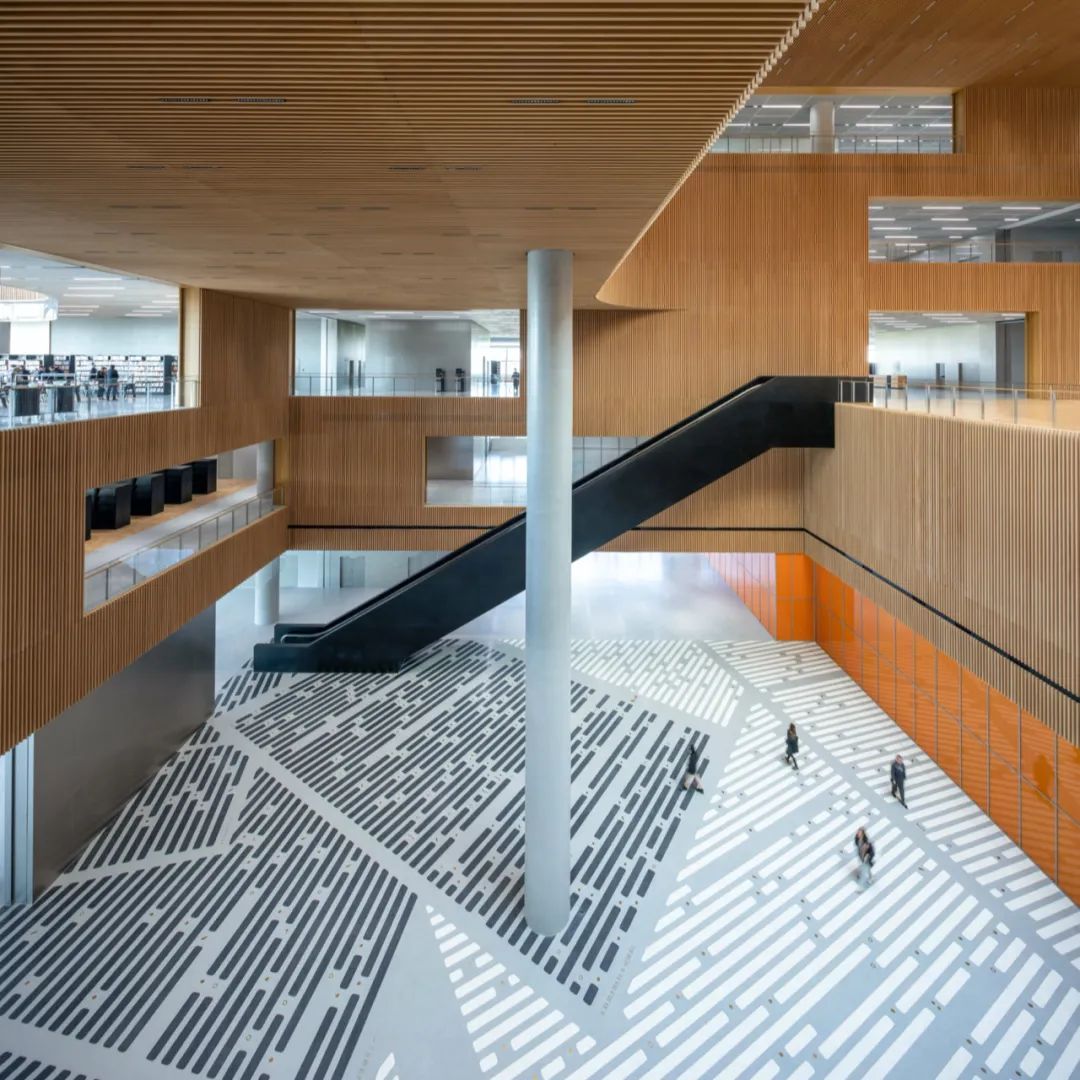
▲
It is expected to receive 4 million people in the annual year.
What is the significance and value of a public library today?
What should an ideal public library look like?
Follow the Shanghai Library Director Chen Chao
Chris Hardie, chief architect of Dongguan,
Visit the East Library of Shanghai Library for the first time,
A comprehensive experience.
Written article: Zhu Yuru
Responsible editor: Chen Ziwen
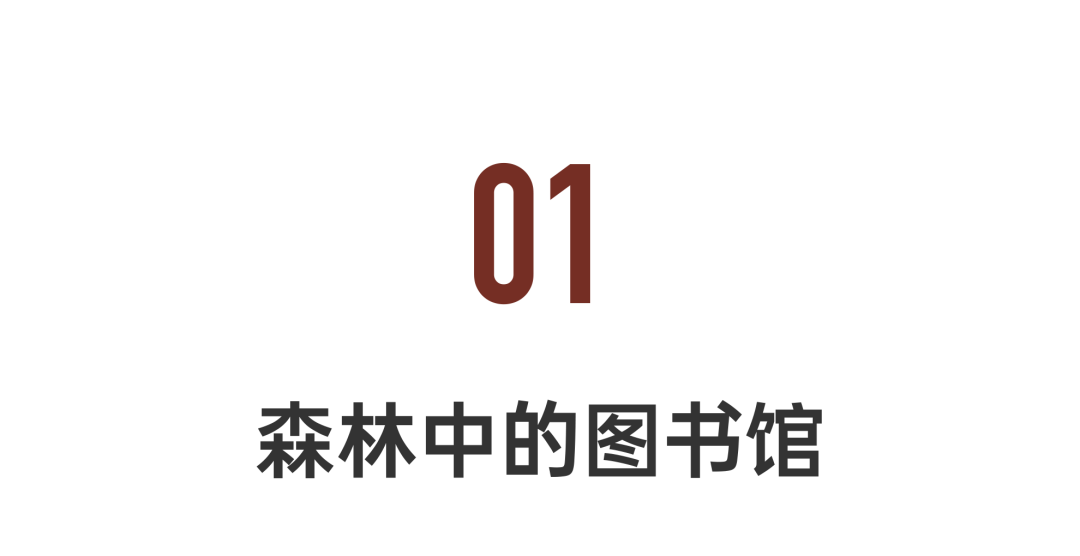

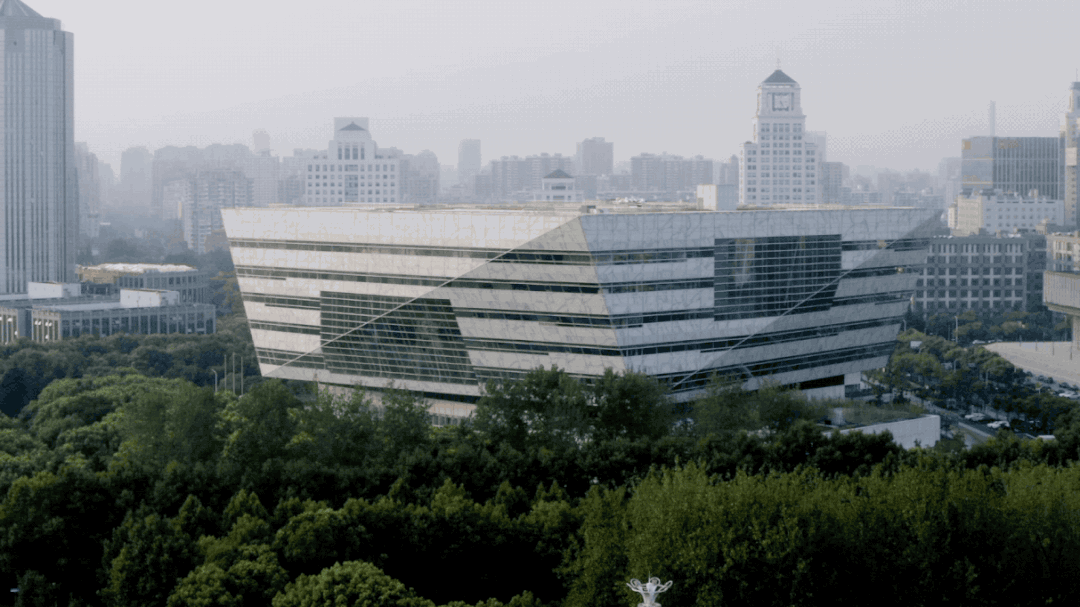
When you come to the East Pavilion of the Shanghai Library, you will first marvel at its unique geographical location: the southeast side is Shanghai's largest city forest, Century Park, and the northwest side is a bustling urban area. Three -piece set of high -rise buildings.
Between the urban, tranquility and hustle and bustle, the eastern hall in the picture above is like a piece of jade. "Floating" is in a green "ocean", which is in sharp contrast to the surrounding landscape, which is full of eye -catching.
In 2015, the 2016 international publicly designed bidding, and officially started in 2017. Although the waiting for 7 years is long, it does not reduce everyone's expectations.
"When is the official opening? Always wait!" From time to time, there will be a passerby to ask the security guard at the door, most of which are residents living around.
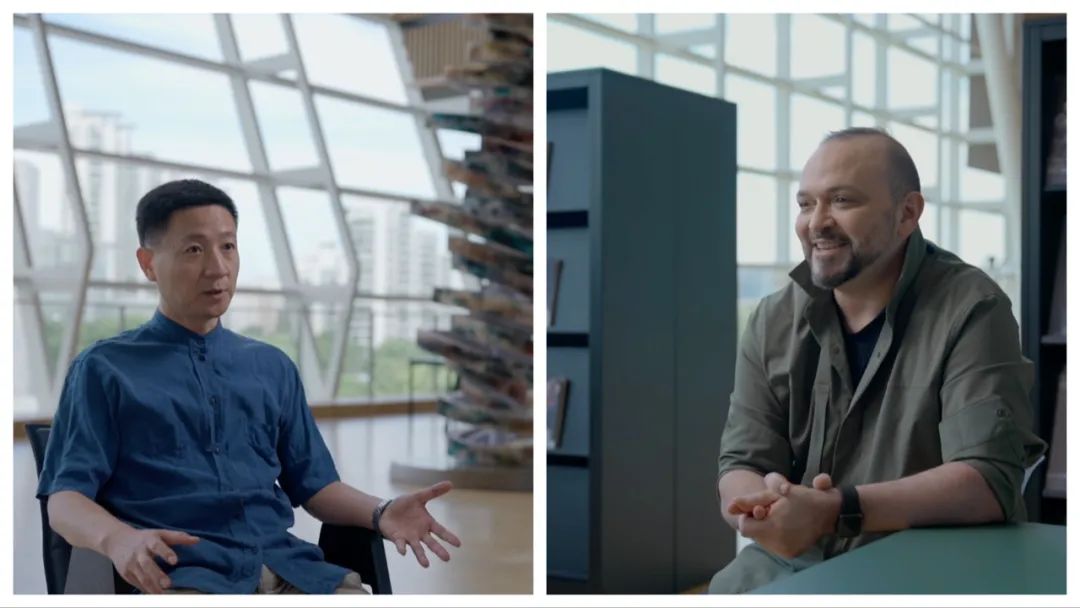
▲
An interview with Chen Chao (left), the curator of the Shanghai Library, and Chris Hardie (right)
"I rarely have the opportunity to design such an important public building for my own cities. I can't wait to take a family to play!" Chris Hardie, chief architect of the Tutong East Museum, told us. He moved to Shanghai in 2011, and both children were born here.
Prior to this, his SHL architectural firm had designed many well -known libraries in the world, but the East Museum still excited them. "This is China's largest single library and one of the largest libraries in the world, but the most important thing is that it belongs to the library of the city and citizens in Shanghai. It is a key to design. "
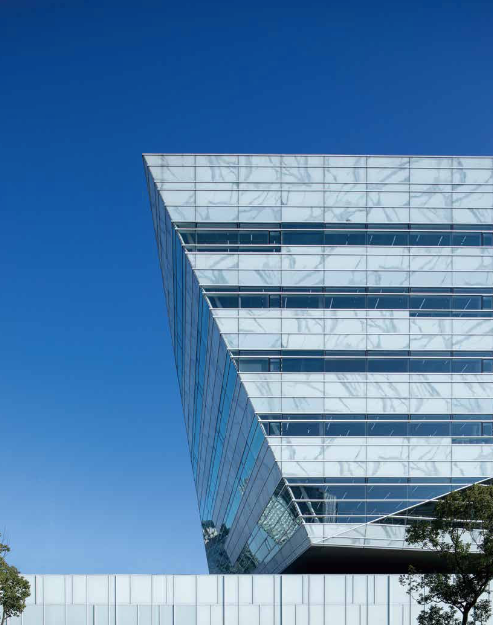
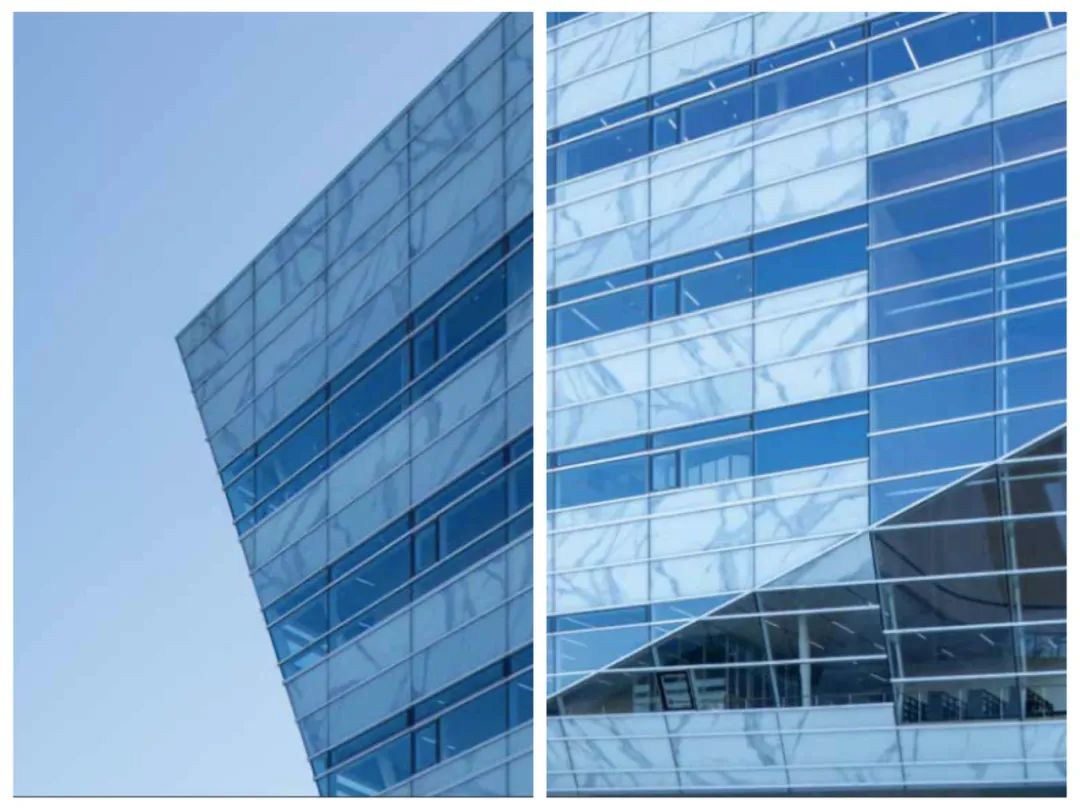
▲
The texture of each facade glass is different
The appearance of the East Pavilion in the picture above is inspired by the traditional Chinese garden. The garden is a place where the ancient literati party meets, and the stones are often used to create a landscape, known as the "gentleman's stone".
Therefore, at first, the architect wanted to use the local stone facade in Shanghai. However, in this way, indoor light becomes a problem, and the consideration of transportation costs is finally evolved into glass printed with marble patterns. "Makes the entire building more transparent, lighter, and more" floating ". At the same time, this is also a tribute to printing in invention in China."
The architectural form simulates the cut stones after being cut, and the image of "the stone has become a jade after being grinded by the carved stones", metaphorically the process of educating people in the library.


▲
Look at the inclined facade from the museum and outside
At the same time, a 50%facade is tilted, which can reduce direct sunlight. Solar and water energy systems are installed on the roof to provide the daily needs of the library.
The different landscapes of the sky, forests, and cities are exposed to the facade from different angles.
Combined with past experience, in Chris's view, library design is entering the 5.0 era.
The 1.0 era is a simple literature record and preservation;
In the 2.0 era, the invention of new technology, from paper books to digital resources;
In the 3.0 era, the real transformation from the space of books to the reader's space, thinking about how to provide readers with a better experience;
In the 4.0 era, integrate more services, lectures, courses, exhibitions, performances ...

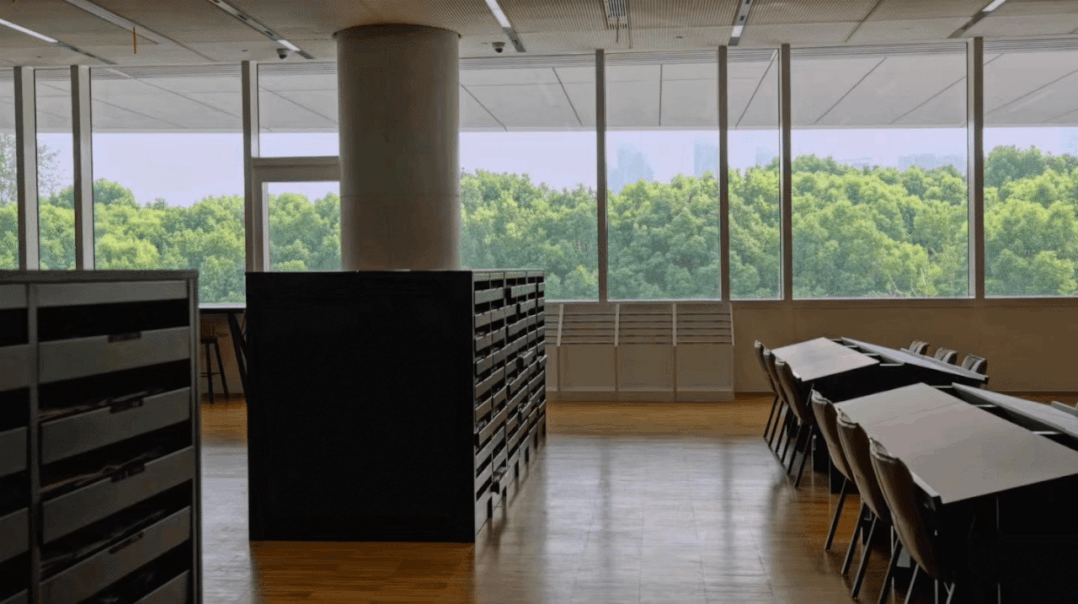
▲
Looking out the window, as if in the forest
"Now, in the 5.0 era, we hope to realize the integration of libraries and nature. The East Museum above is a library that is truly located in the forest."
The setting of large -scale floor -to -ceiling windows and window viewing positions introduces natural scenery into the room.
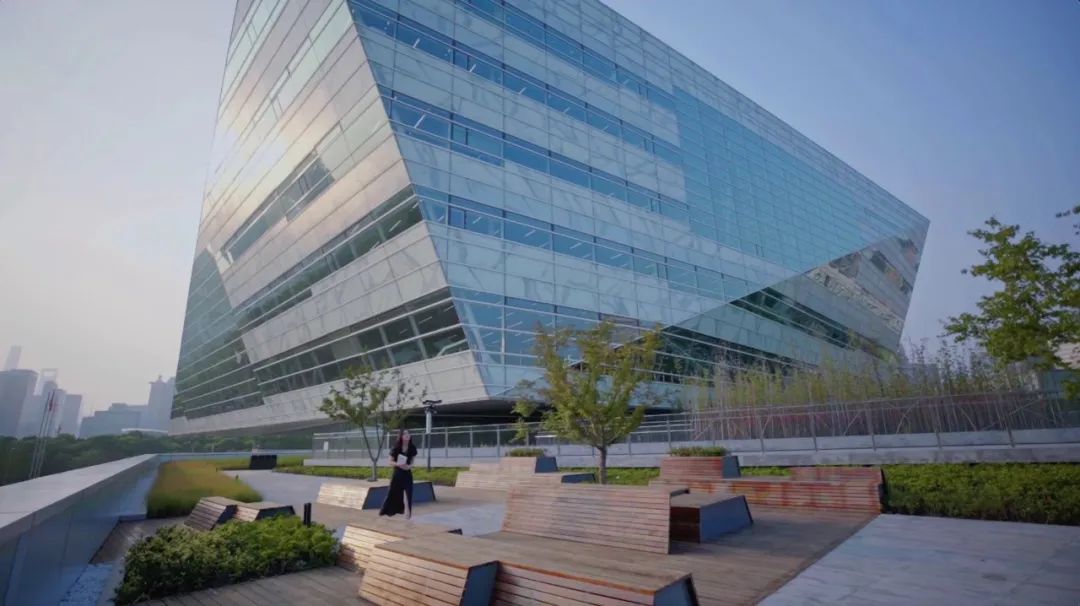
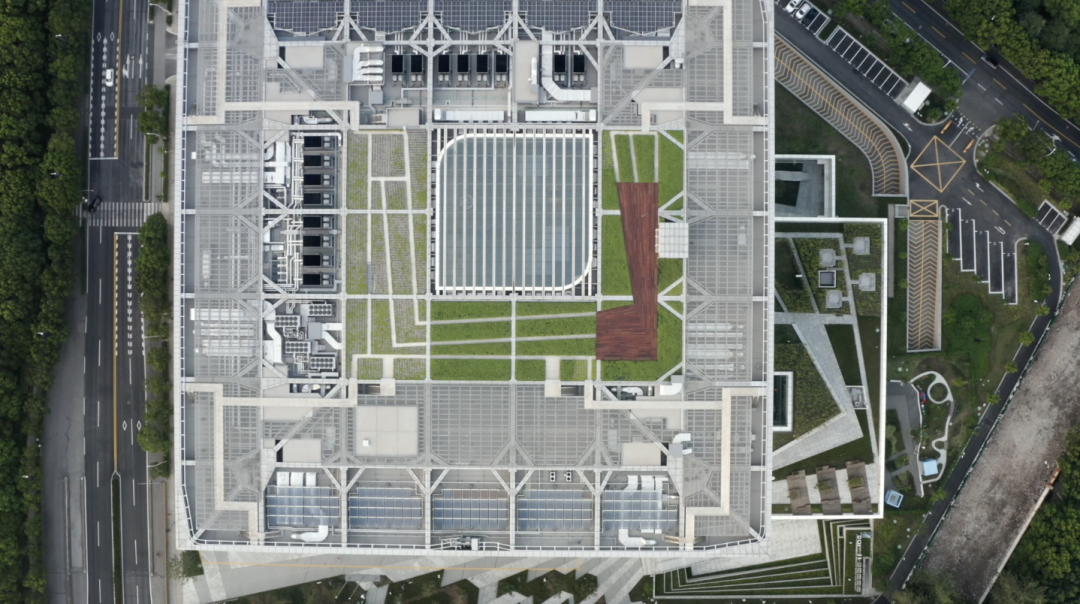
▲
Outdoor reading space (top) and roof garden (bottom)
At the same time, two outdoor reading spaces are also expanded in the museum, with its own shading function; a roof garden, planting Shanghai -based plants. Readers can bring the books in the museum out to read, while louering the beauty of the surrounding surroundings. Group studies, gatherings, and activities can also be carried out here.
Outside the museum, there is also a circle of pocket parks to meet social needs.
"Not only that, we open the forest at the door and connect with the library. The readers can go in directly and move in it. The forest will become part of the library." Chen Chao, the director of the Shanghai Library, told us.
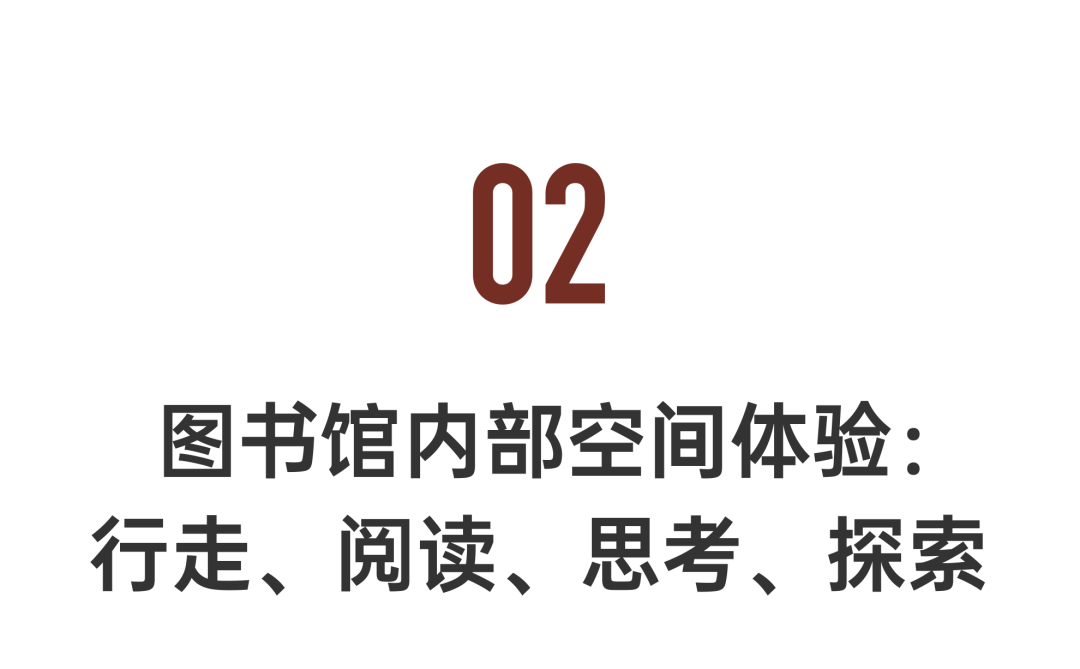
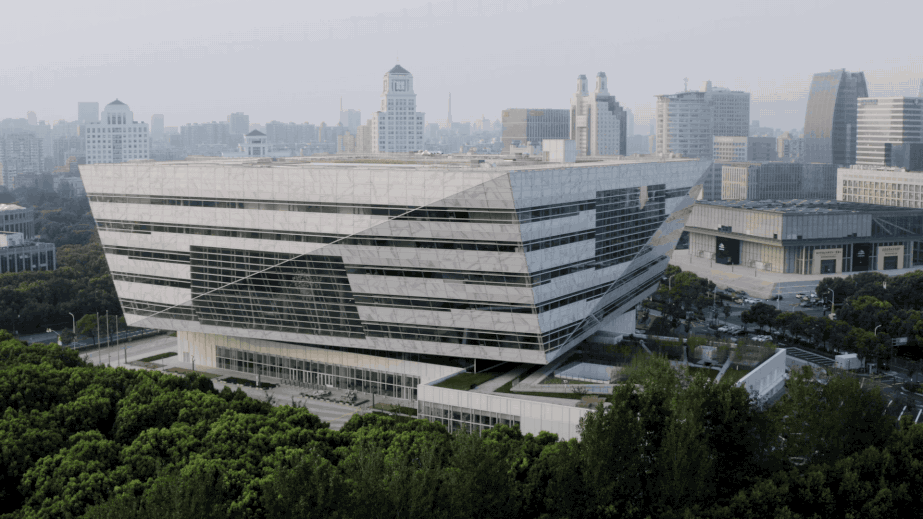
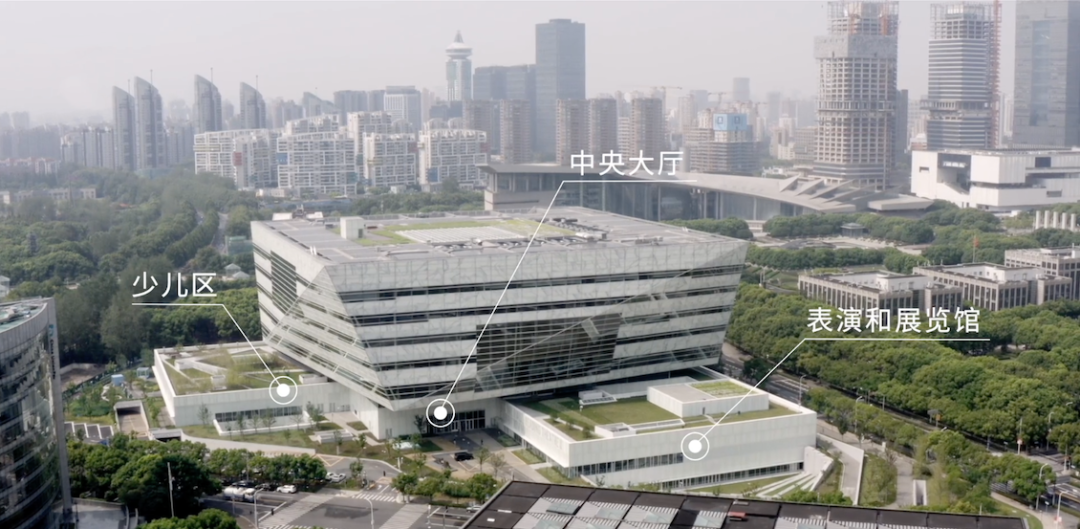
▲
building structure
Located in the Shanghai Library in Puxi, more than 57 million books (pieces) are collected, and they are one of the largest libraries in the world. Most of its iconic towers are used to store physical books and are not open to the public. "The East Pavilion will jointly operate with this museum to complement each other. In the large scale of 11.5 million square meters, we only configure the underground 2,000 square meters of space for the book library. All other spaces are left as far as possible to readers. "Chen Chao said.
Therefore, the structure of the entire venue is deliberately done. The three boxes of base support the main building on it, one is the exhibition and performance hall, the other is the children's area, and the central hall is connected in the middle. The first stop.
"Visitors can easily grasp their position and shuttle in the venue freely without worrying about getting lost." Chris said.
▲

The color settings in the museum play a role in distinguishing orientation and functional area
In addition to structural design, each floor is set up with four positions in color partitions. Different functional areas also use different colors. The white box is an elevator, the gray box is a bathroom, a tea room ...
"One of the most important concepts of the East Museum design is from books to intersection to connection, from traditional library to composite space for exhibitions, activities, and services."
▲
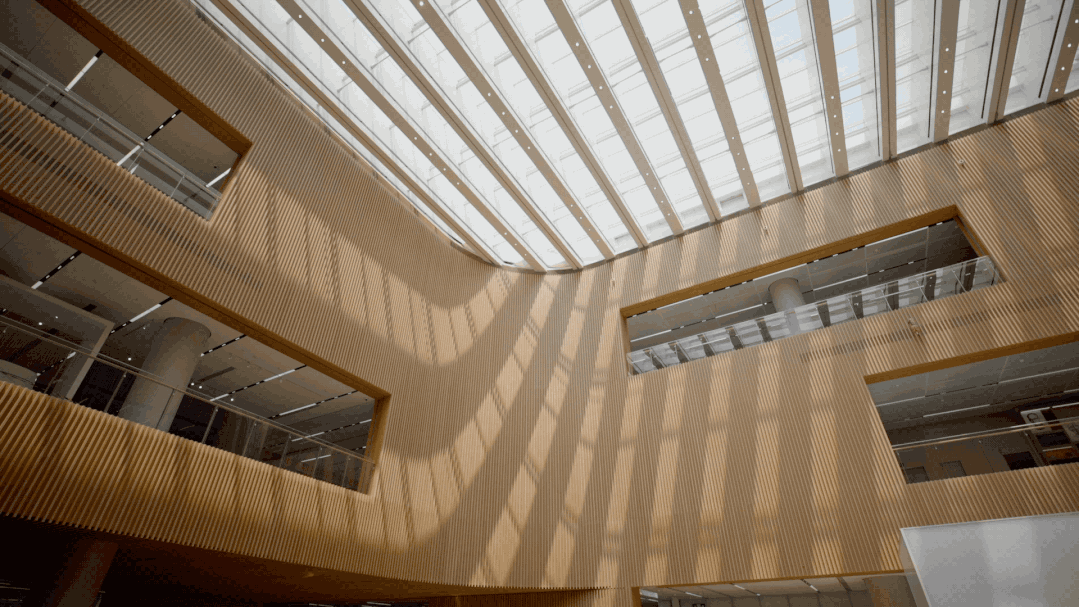
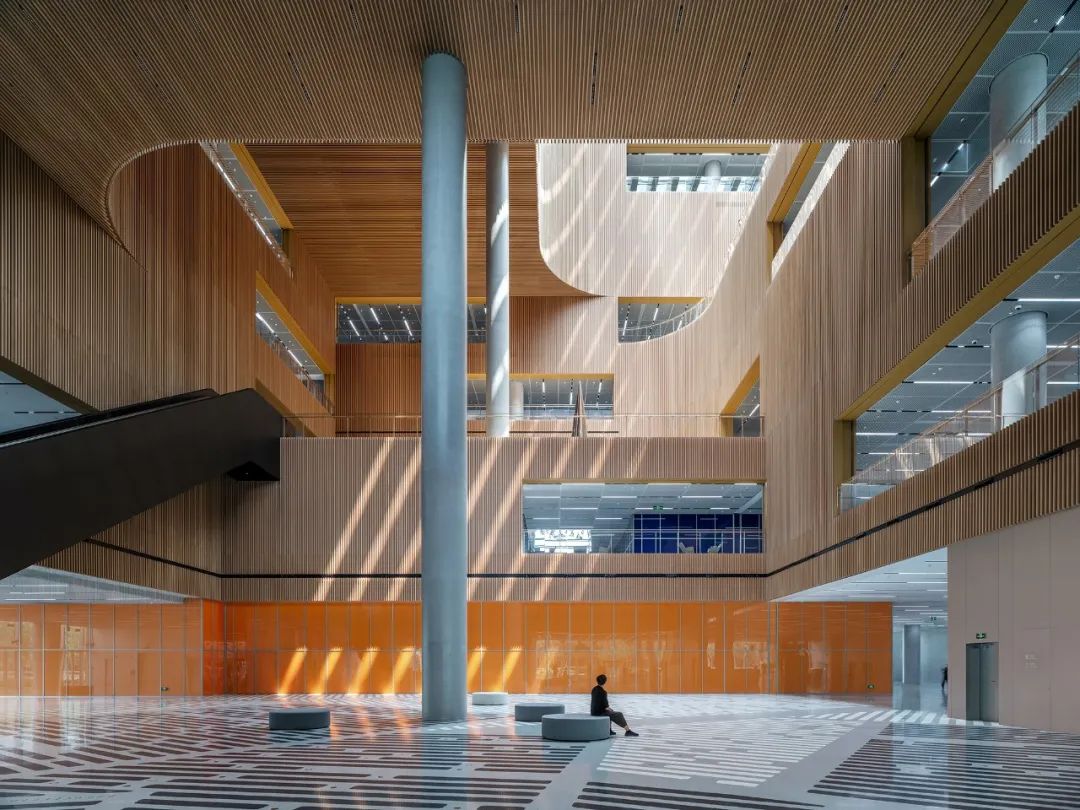
At different times, the light and shadow in the atrium are constantly changing
The atrium is a typical example.
The nearly 50 -meter -high atrium, the sky light shot directly, naturally attracted people's eyes, using bamboo, oak and water millstones to create a warm atmosphere.
▲
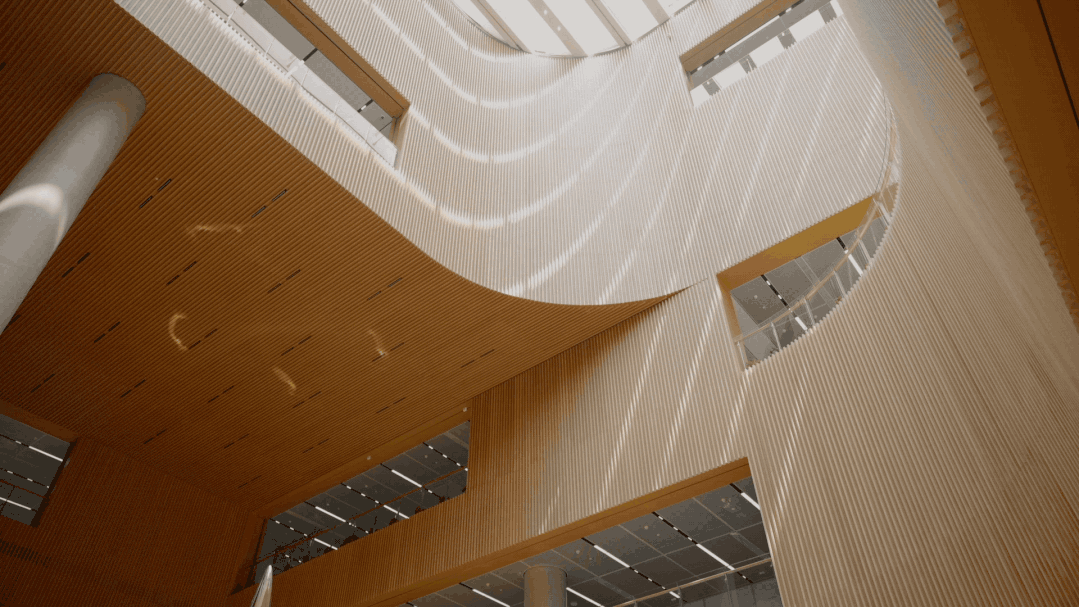
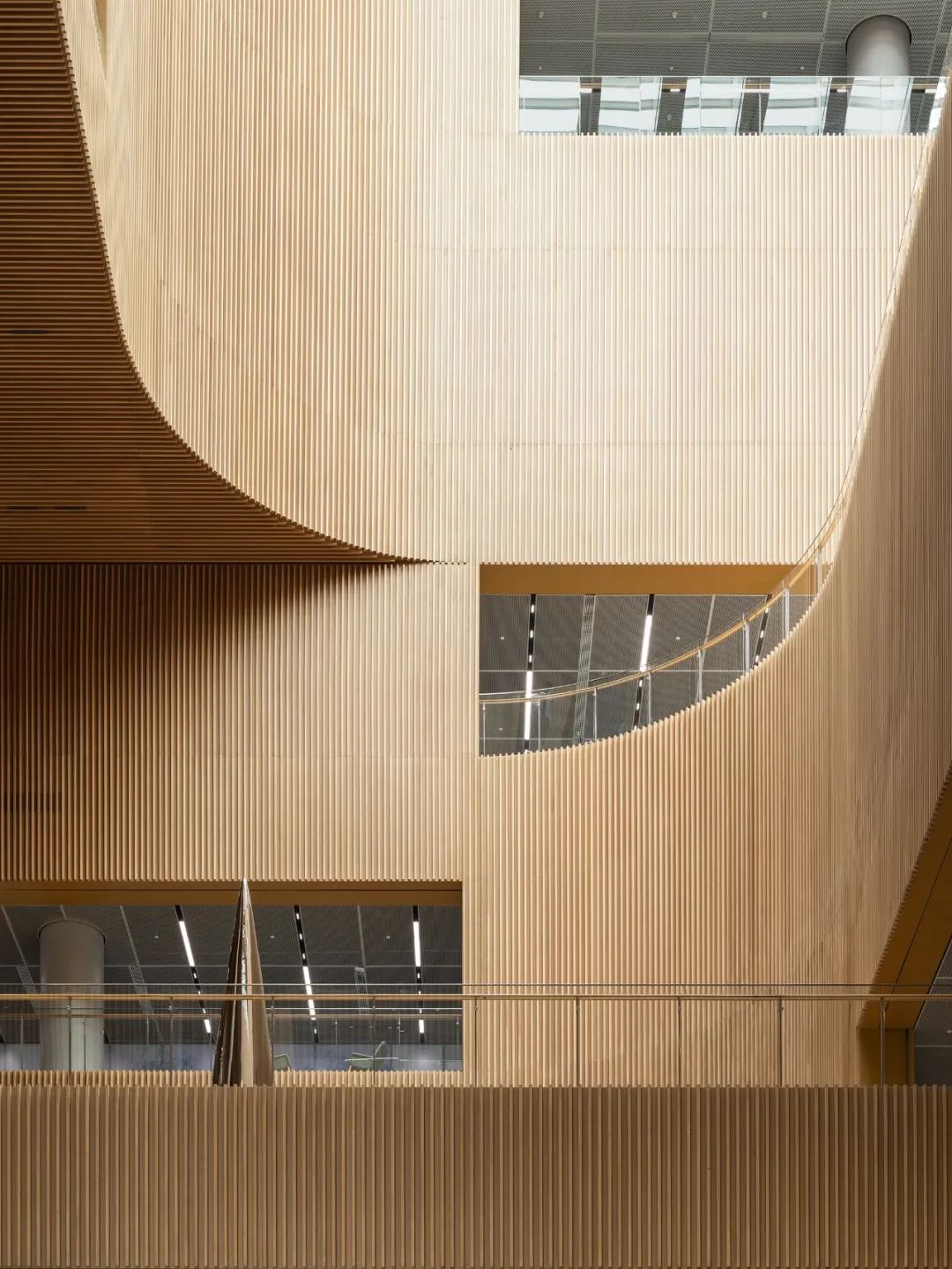
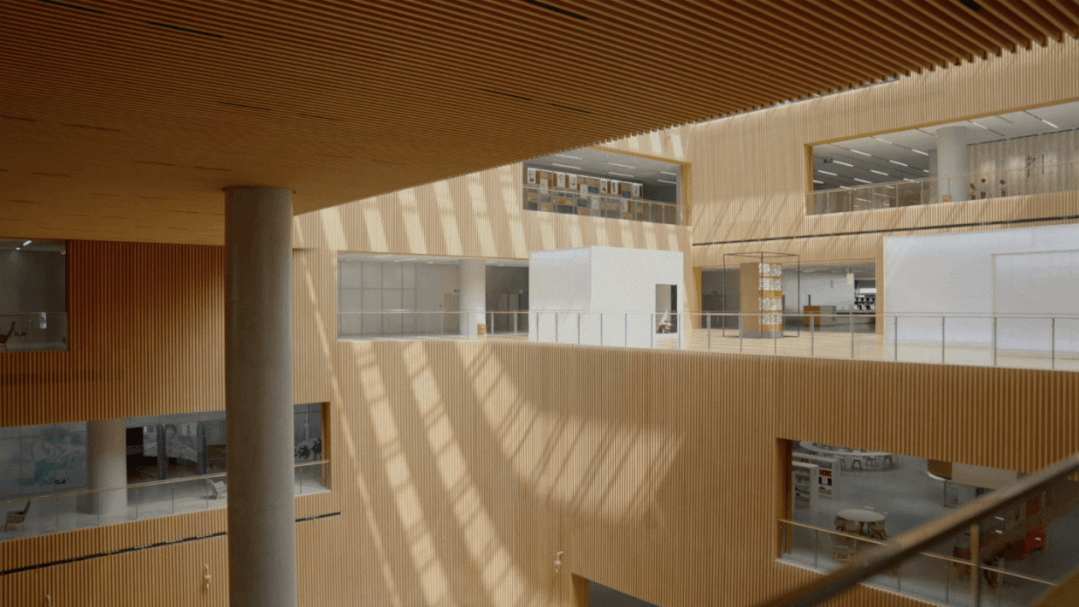
Looking at the atrium from any position, you can find different scenery
Looking up, the space is transparent but not monotonous. The functional areas of different floors and locations are intertwined with each other. Small windows look at the atrium, and you can observe the diverse space in the museum at a glance, and the people and activities in them.
"The important thing is not to create a space that can accommodate many people, but to let everyone take the initiative to gather in this space. We have made various models to test people in the interconnected space Experience, how are they the most comfortable? How can they feel interesting? "
▲

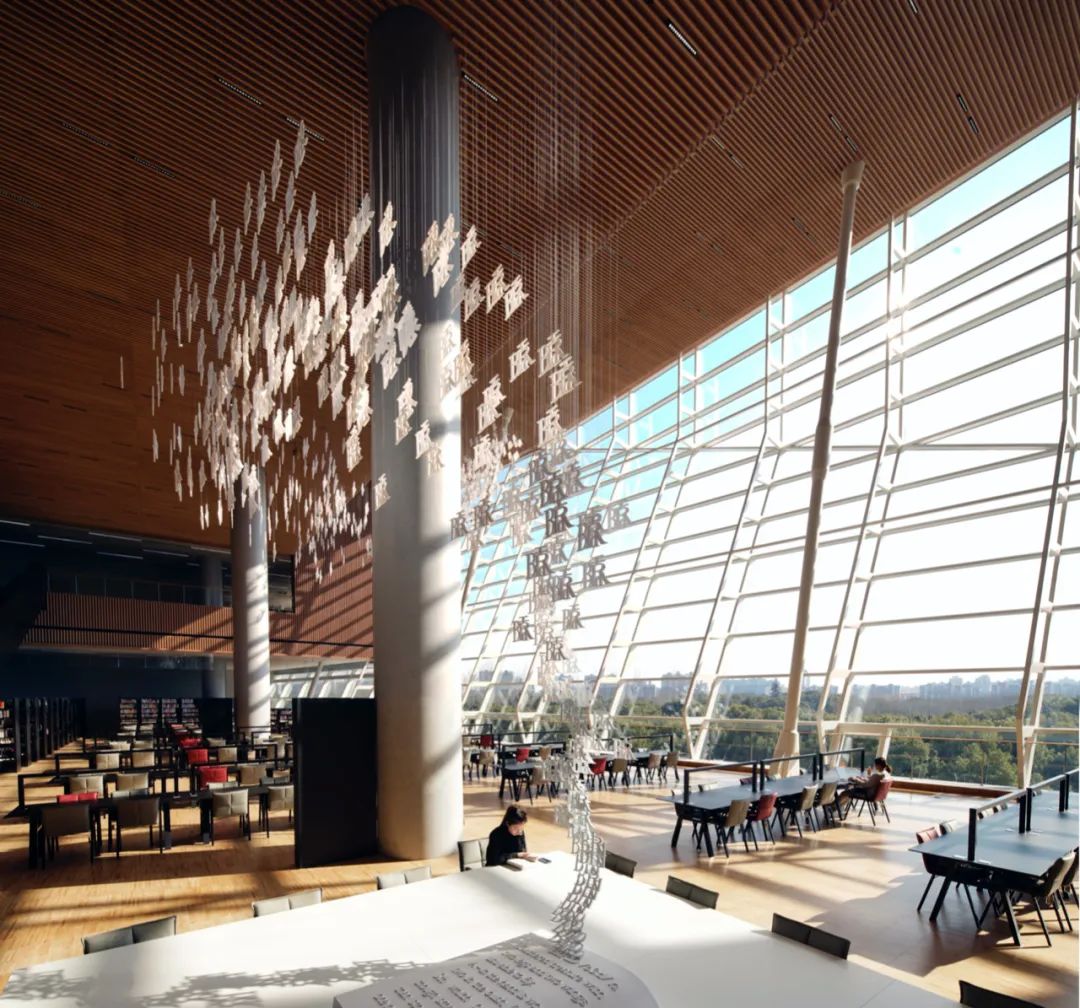
3 -layer reading square
Follow the black elevator in the central hall to the 3rd floor -the main reading space of the library. Around the atrium, there are 4 open reading squares facing east and west north and south, 2 cities and two forests.
The layout of each layer is similar, but it will be slightly reversed along the atrium, which can experience the scenery of different angles. At the same time, all these reading spaces are also popular.
▲
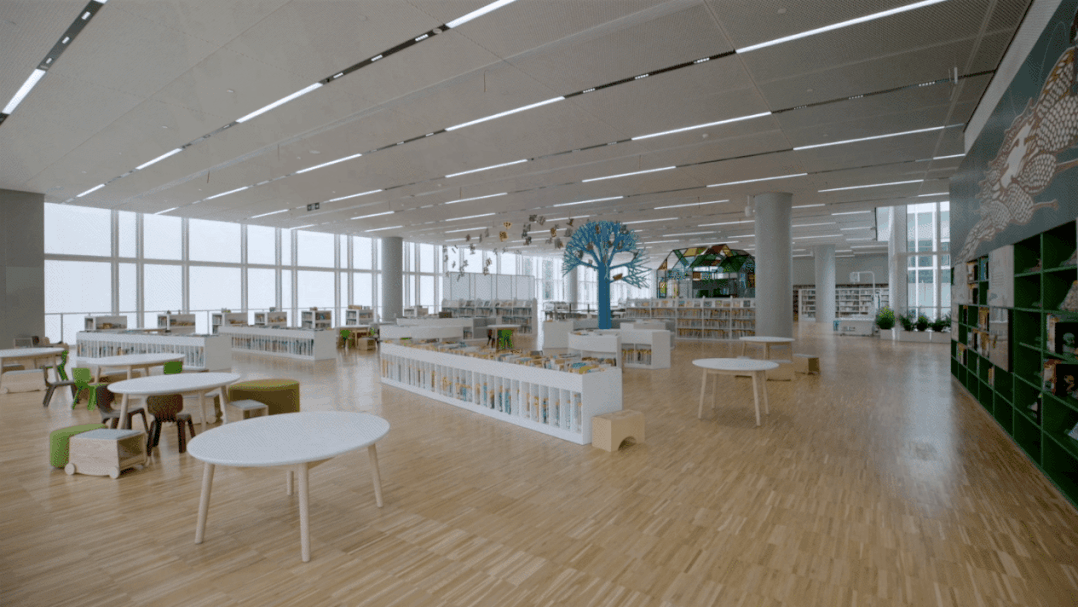
Children's area
On the first floor, there are 2000m 低, from low -to -child to adolescent children's districts. They also have room for outdoor activity. Children can learn, play, and explore nature in a green environment. At the same time, there is a barrier -oriented reading room to serve the disabled person.
The newspaper service on the 2nd floor is equipped with aging facilities.
▲
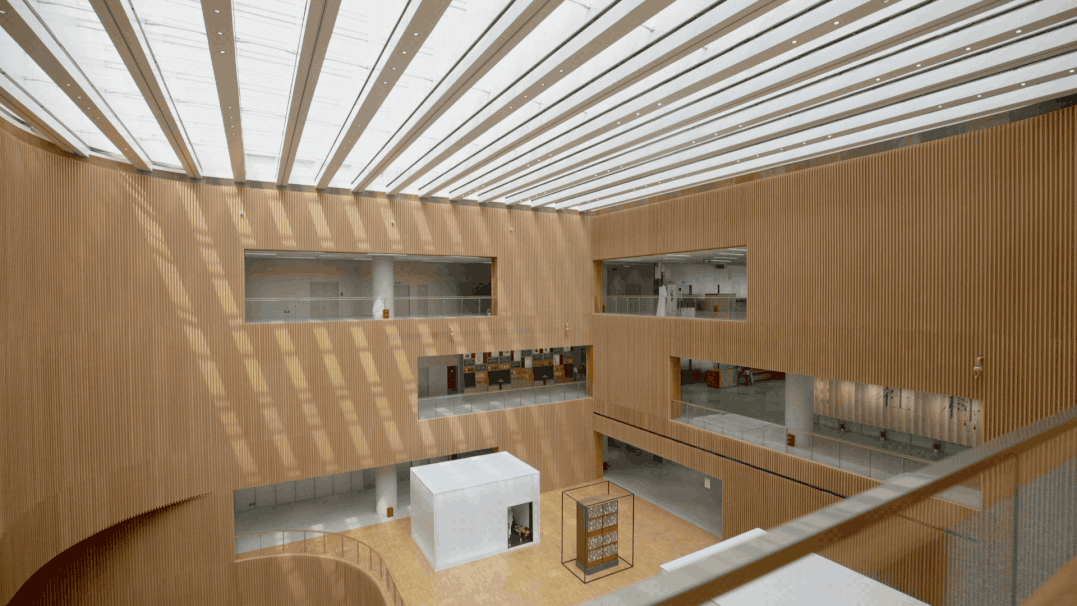
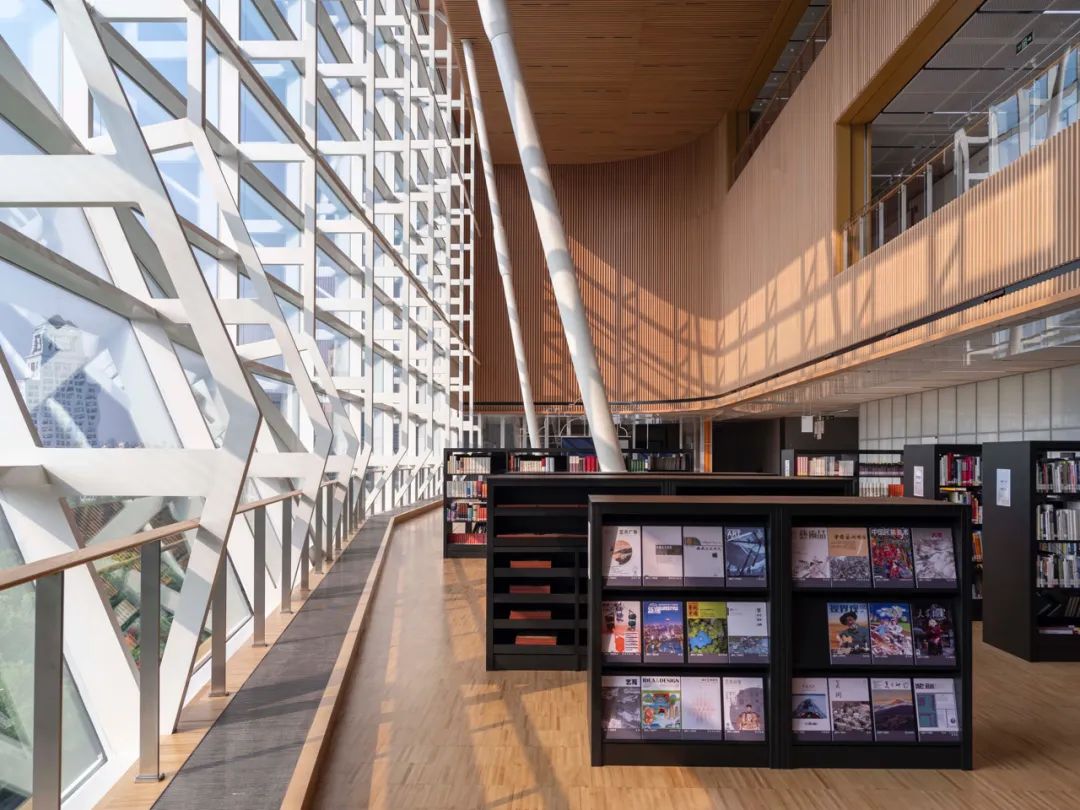
The above figure sees the theme hall that popularized social science knowledge through the "hole entrance". The picture below is the theme area of film and television art
On the 4th and 5th floor, a large number of theme museums were set up, from music, film and television, to cutting -edge technology, to home genealogy, celebrity manuscripts, local literature, and make full use of a research public library collection.
"Almost every reading space is configured with different sizes. A group can make an appointment to read a book together to discuss and carry out activities. Freelancers can come to office and meet. Children can come together to do homework together to do homework together ... "Chen Chao said.
After the overall experience, the internal functional areas are connected and flowing, and there is almost no separation in the middle. Visitors are free to explore, and may be unexpectedly discovered -new friends, contacting an unknown field ...
Today, the way of reading, platforms, and content are changing changes. What kind of reading experience should be provided in a public library to keep up with the times, and how to meet the needs and preferences of the younger generation?
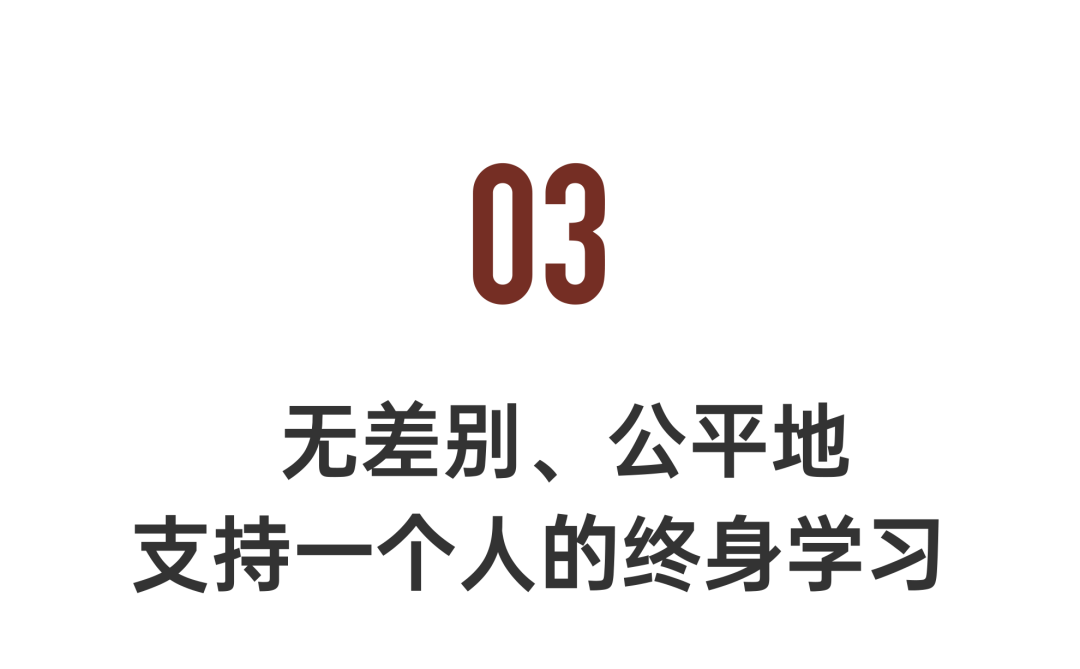
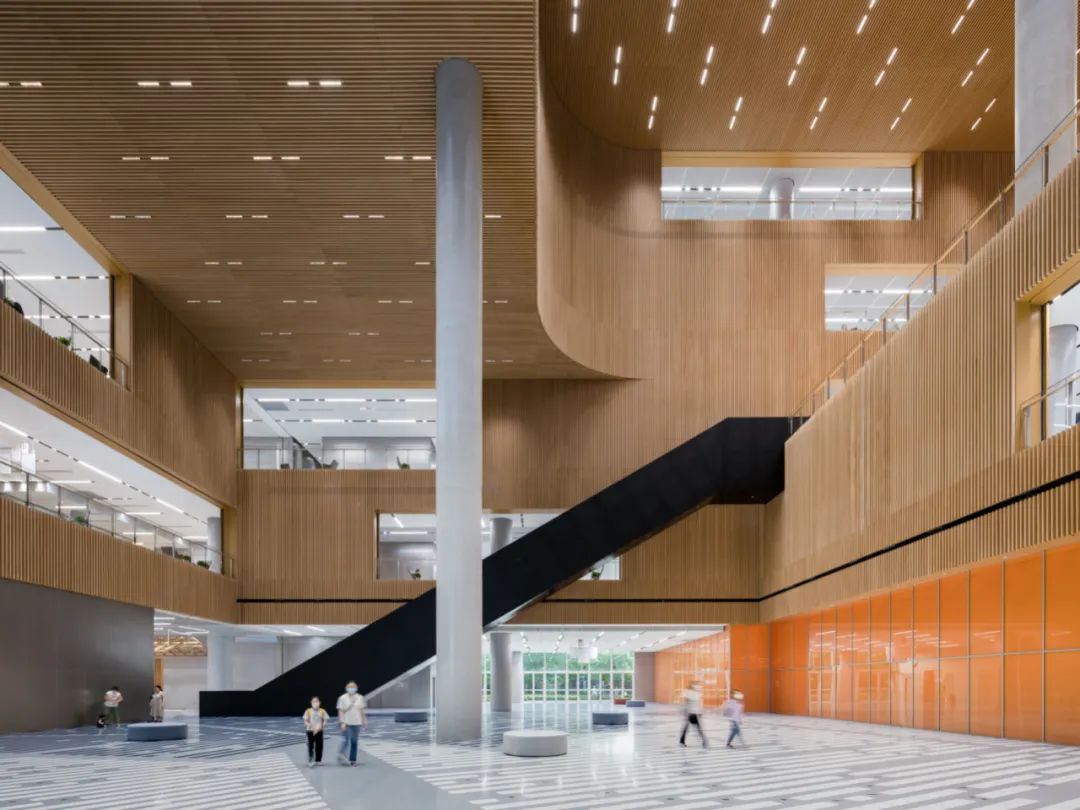
In the view of the curator Chen Chao, the picture above has his own answer.
On the one hand, it is the introduction of technology. Each book in the library has a built -in chip. At the same time, the intelligent bookshelf is equipped with sensors to intelligently position the book so that the reader can find the book very quickly.
▲
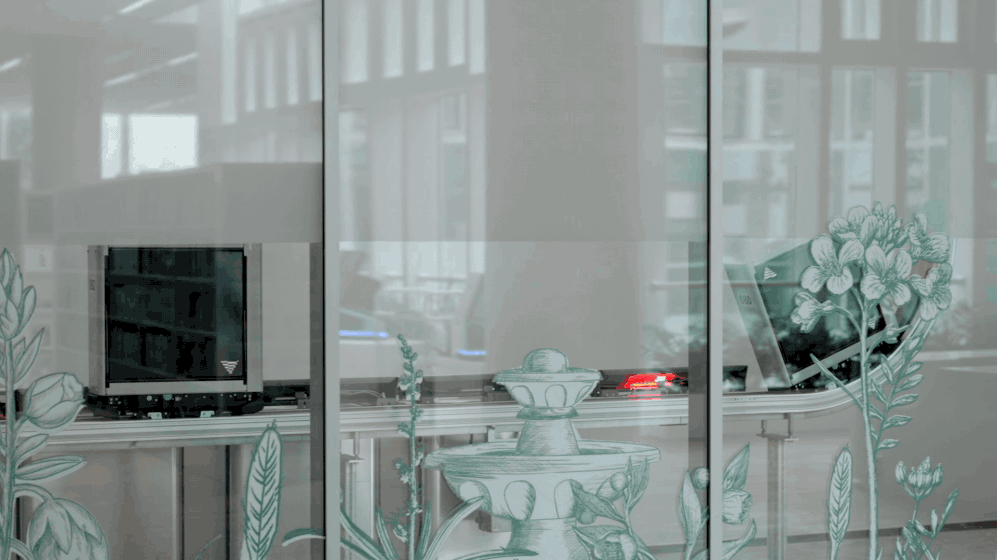
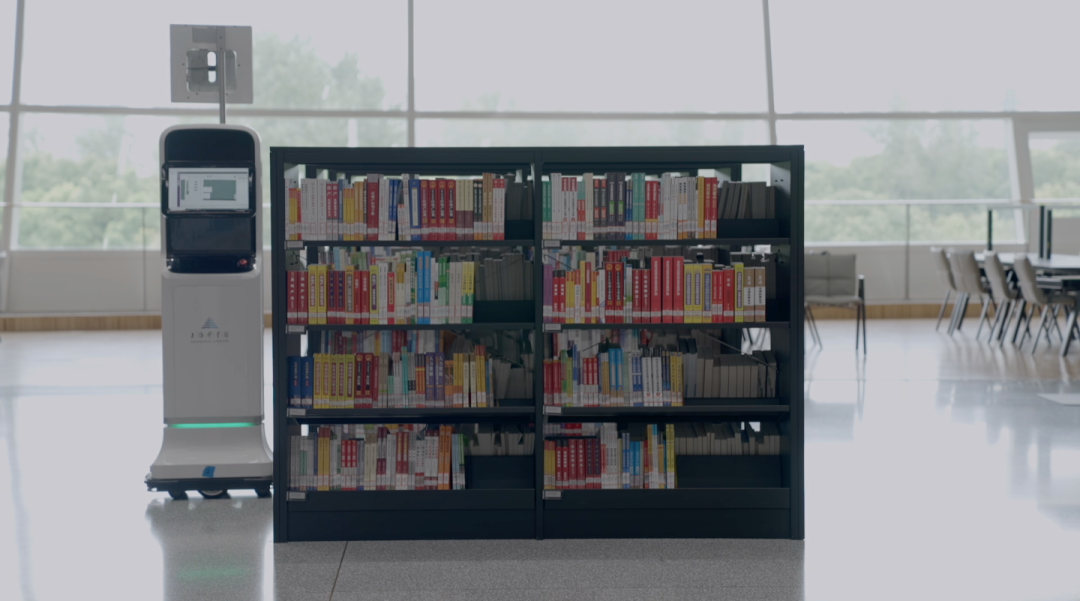
Intelligent transmission systems and robots can be seen everywhere in the museum
Between bookshelves and aisles, you can also see "walking robots". Through them to complete the entire process of borrowing books, the intelligent transmission system will be passed and introduced from the underground library.
While providing readers with convenience, it has greatly stimulated children's interest.
On the other hand, "composite reading". Not only digital reading, listening books, e -books, digital resources, etc. In the east museum above, "reading" has more definition and possibilities -watch an exhibition, a movie, a performance ...
▲
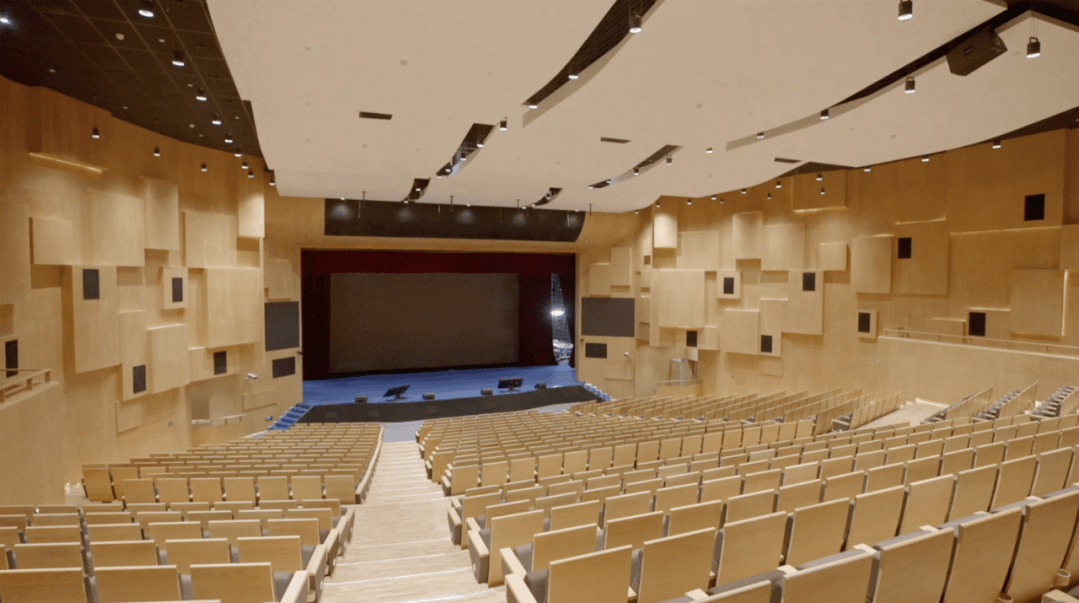
A total of five performances and speeches are equipped on the first floor of the ground. In the future, various activities for the public will be organized.
On the ground floor, there are professional studio, theater, and audiovisual room. In the future, you can not only start a lecture, but also live broadcast and enjoy various performance arts.
In the Music theme hall, it is equipped with an independent music production room, appreciation room, and performance room, and everyone can make appointments for free.
▲
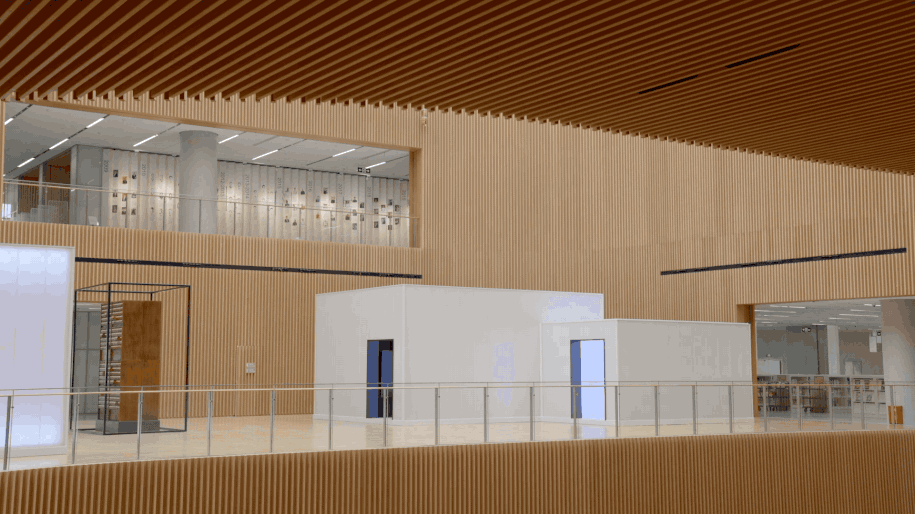
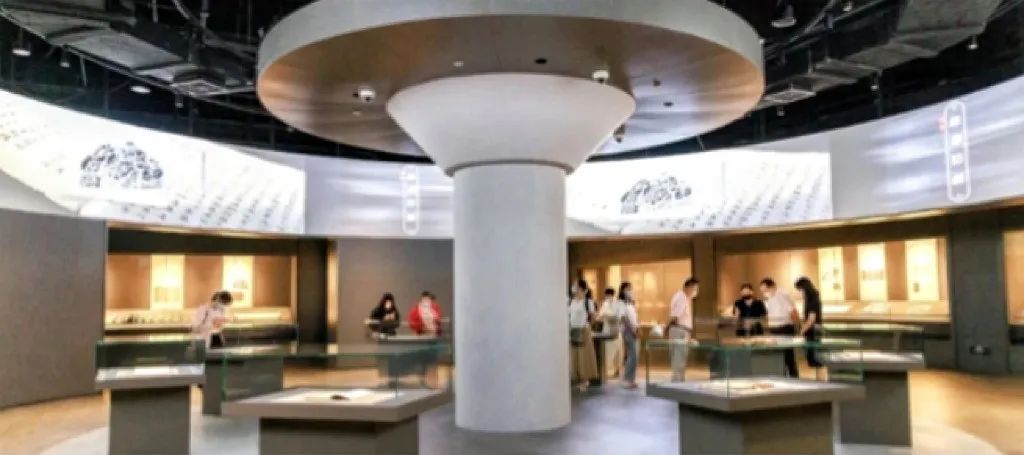
The temporary exhibition space in the museum (small white box above) and the 7th floor of the boutique museum (below), a museum -level exhibition hall was made, and 70 town pavilions were selected for the first exhibition. "Unlike other libraries, almost all of our reading space can be exhibited, and we plan to replace it at a high frequency." Chen Chao introduced.
In addition, there are various experiences such as 3D printing workshops, brain science laboratories, and VR interaction.
"In the East Museum of the above picture, we hope to provide a new way of interactive ways to obtain knowledge. All these activities and spaces, including seats in the museum, can make an appointment on the mobile phone, or make appointments for each one, for every arrival Visitors provide personalized services. "
Traditional paper reading also has its own position. The two extremely quiet reading rooms have no interference of networks, computers, and mobile phones, and they are completely immersed between the pages.
▲
Artist Ma Xingwen's works "Companion" (Part 1) Artist's Handling "Flying Stone" (below)
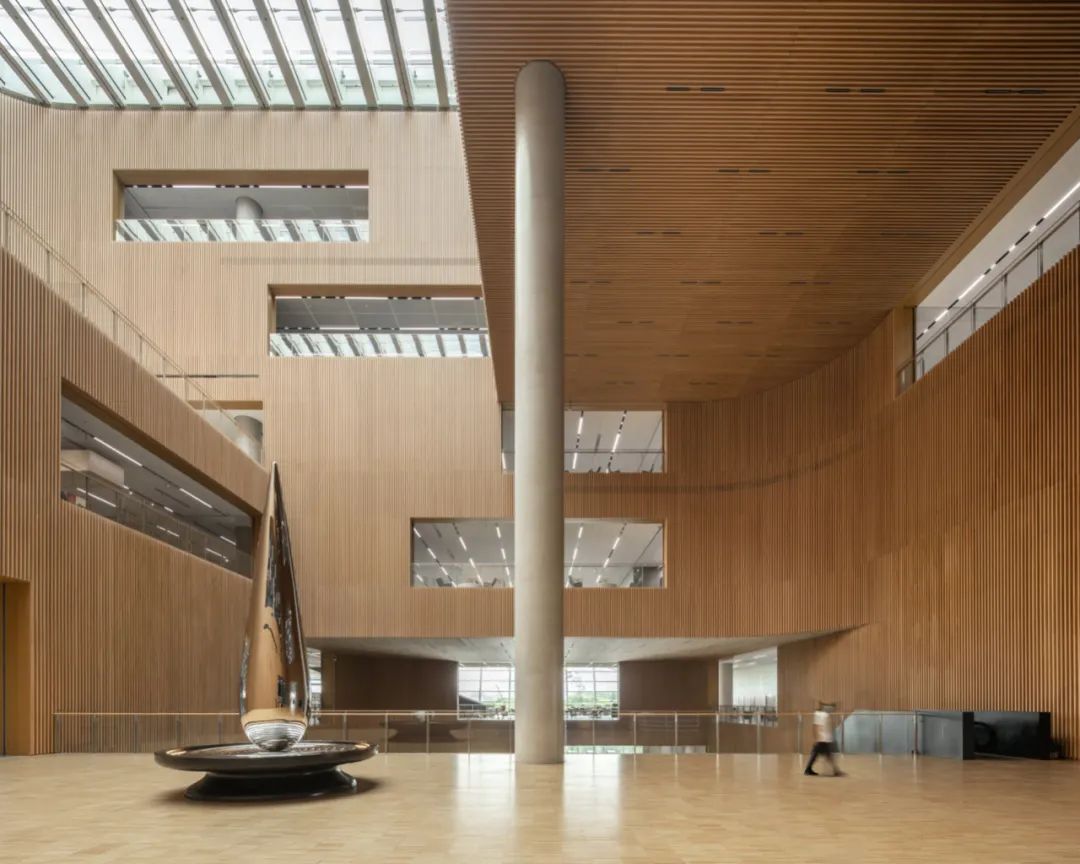
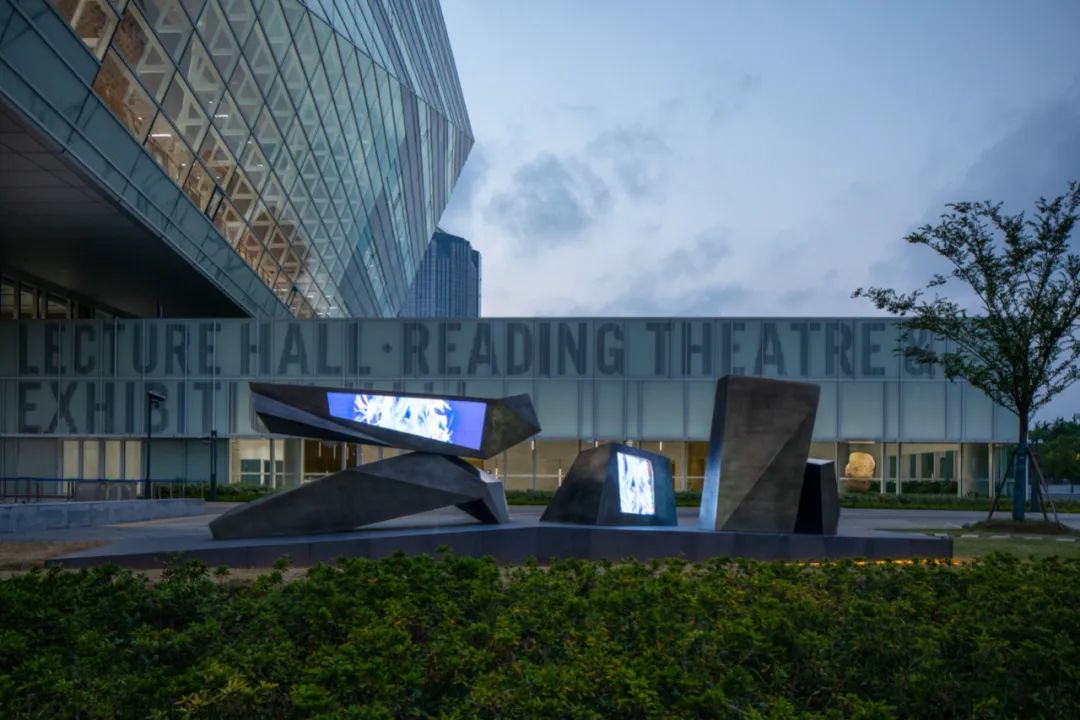
The architecture itself and the public art in the museum can also become the object of "reading". During the public beta, this has indeed become a hot topic among young groups. Many people PO posted their own "check -in photos" and said "can take a whole day in it."
"Internet celebrity buildings seem to be considered a derogatory word now. But in recent years, we found that the face value of a public building really affects its function and value. Some discussions are not a good thing. "
The artistic design of the entire venue is carried out synchronized with architectural design. It is implemented by UAP and customized 10 groups of public art works to 10 artists from all over the world.
The ground on the first floor of the court is actually the work of Shen Fan, a local artist in Shanghai. The meaning of the above picture has the history of the above figure and the history of the picture above. Selected newspapers established in the Shanghai Library in 1952, and two representative collections -a Vimoyu Sutra handwritten in 518 AD, and the 17th century described in the cradle of Western books described in China. , Leave only punctuation symbols to express the rhythm and rhythm of paragraphs.
"Readers pass by, and they have become part of the work, so they are called" Spring and Autumn "."
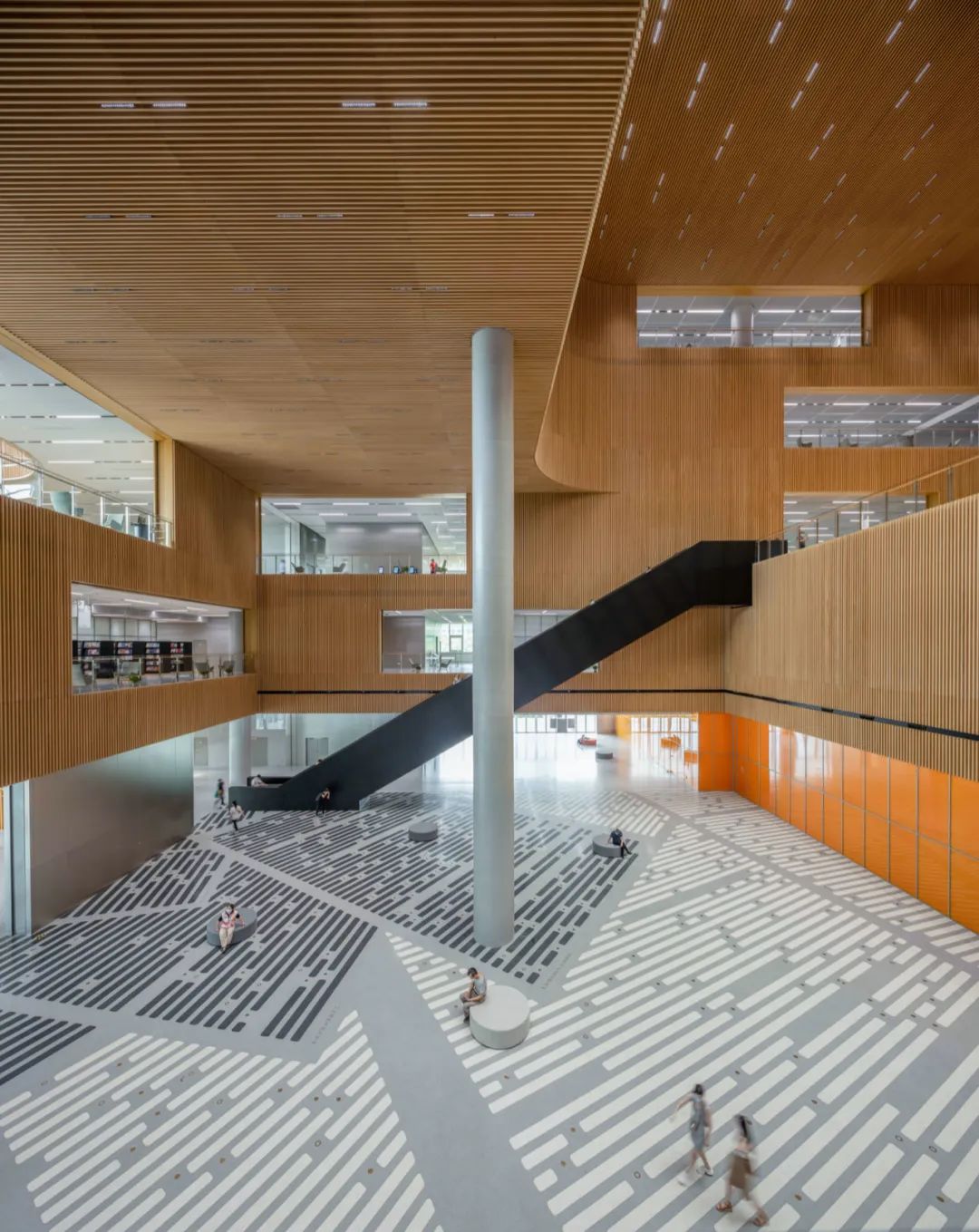
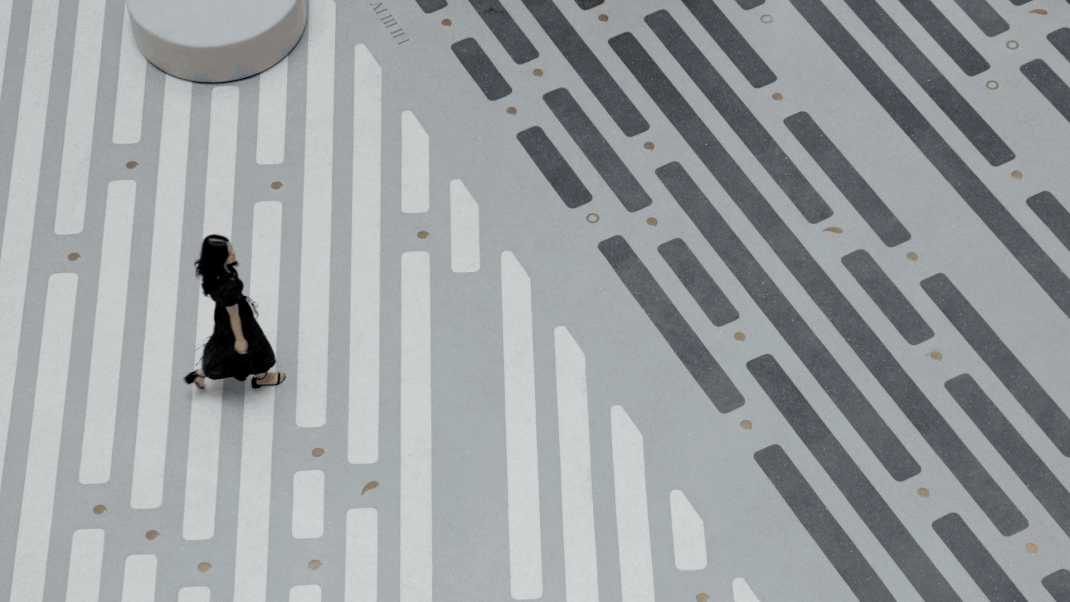
The best reading square on the third floor, the artist Xu Bing's "Bird Flying" was placed on the reading table in the middle. More than 800 "birds" of more than 12 different books flew out of the book page, evolved from printing to regular script, Lishu, and Xiaoyan, and finally traced back to the ancient pictographs.
"Through reading, I hope that readers can open their brain holes and think of going to a wider world."

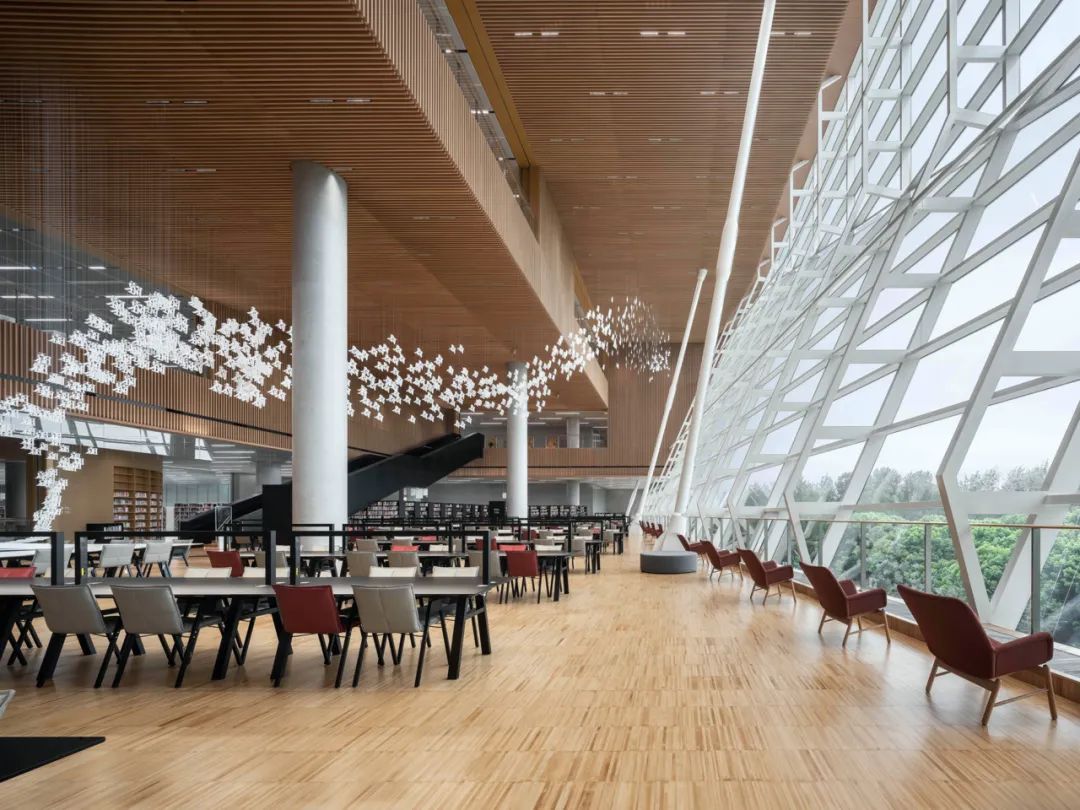
There are also two works of the materials from the objects of the Shanghai Library. Before digitalization, readers can only find a book through the directory cabinet, and find them through cards. Artist Ni Youyu deconstructed and rebuilt the eight literary cabinets in the Shanghai Library in the 1990s, and was partially converted into a window that leads to the knowledge world, named "City of Seeking".
Chinese Taiwanese artist Liu Wenzheng used 7,960 book index cards to create a "Tower of Knowledge".
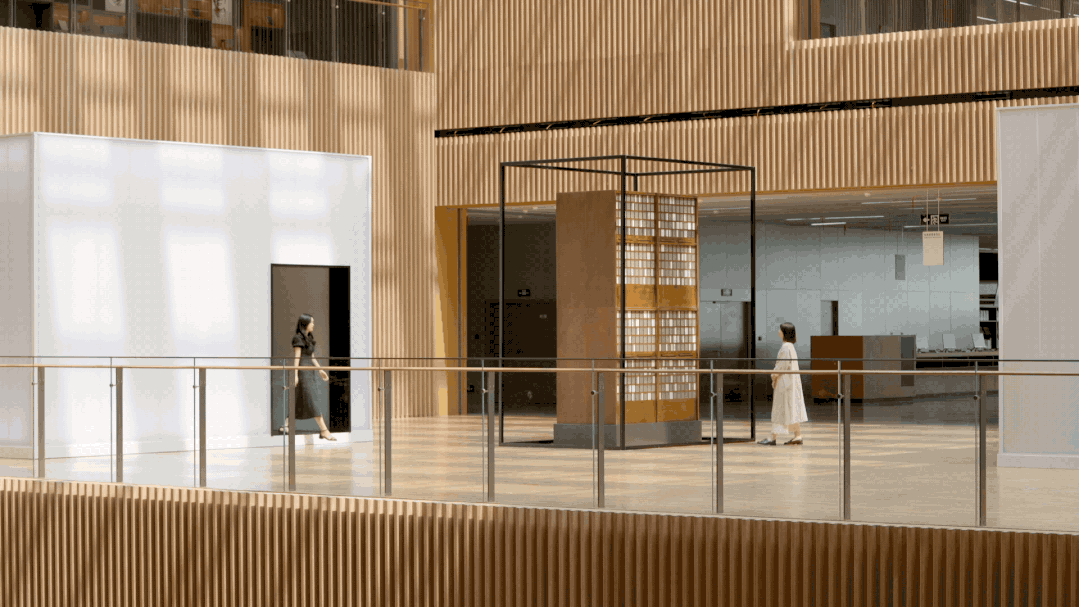
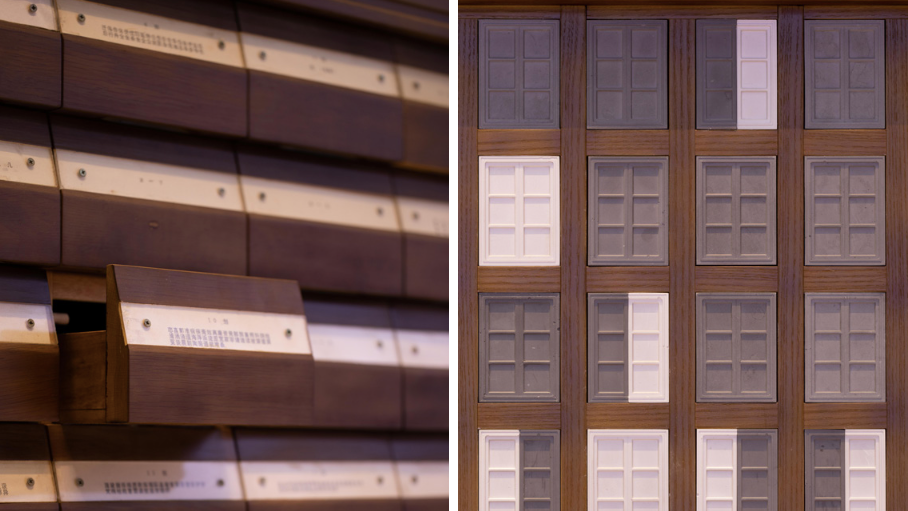
"In the future, we can update these works with a new book card, just like knowledge, constantly update."
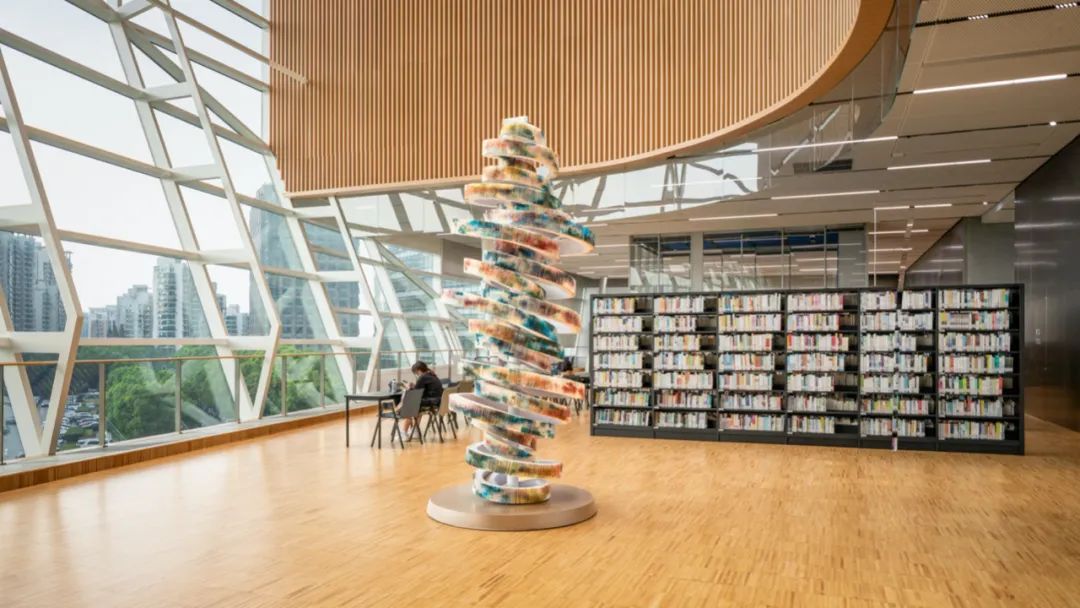

After opening the museum, the East Hall in the picture above is expected to receive 4 million people each year, holding more than 200 lectures and thousands of cultural activities. This is the mission of a public library above.
"The entire library becomes the study, studio, and living room of the city, and there is a contact with more people here. This is our ideal public library. I hope that each city can have such a public library."
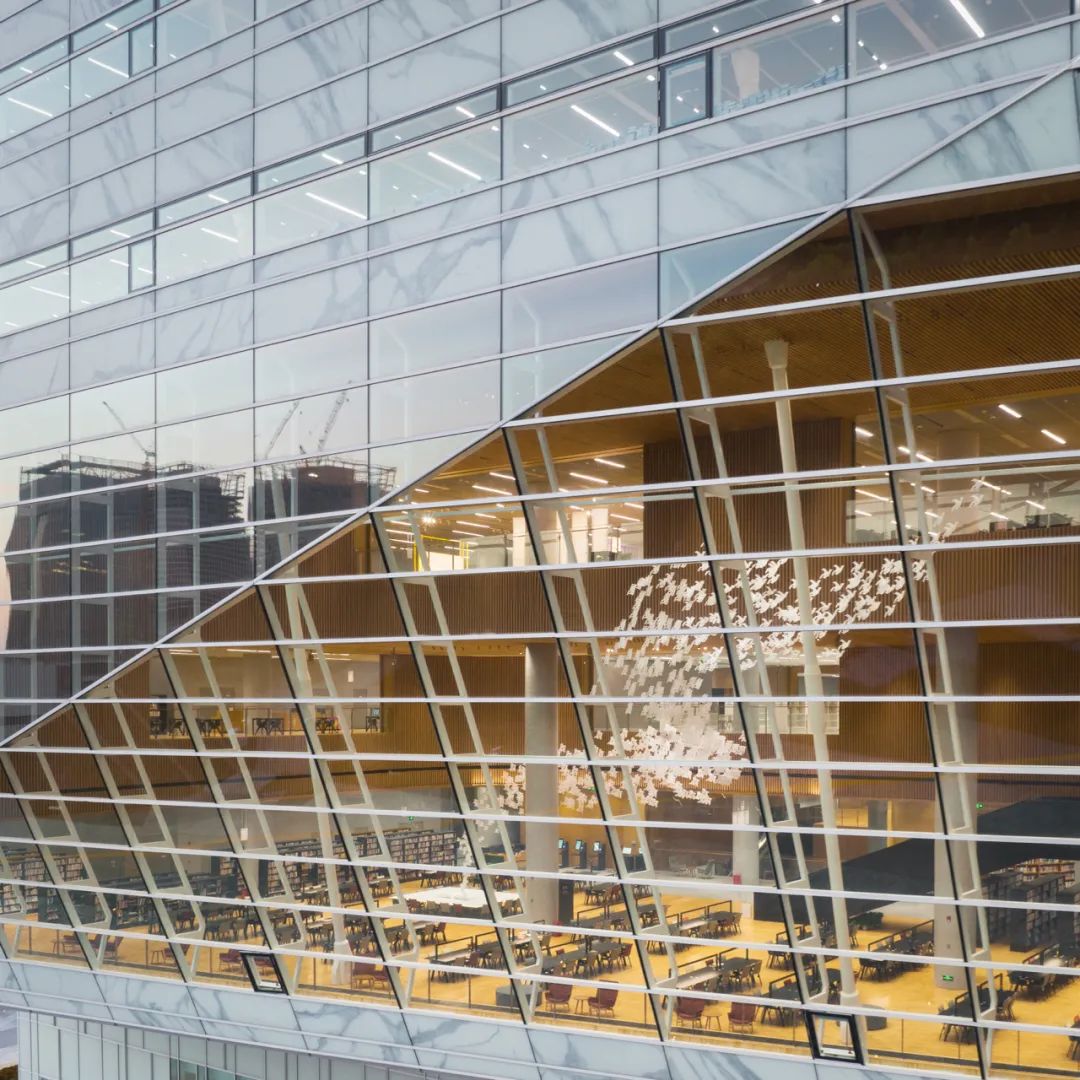

Image thanks: ShL Architect, Rawvision Studio, Tian Fangfang, Chris Hardie, Luhaha, UAP
- END -
Rain flowers and Yinglie: The rainflower is shining on the earth and the Qianqiu is enlightened
Ten rank spring and autumn, star frost 十. Shanghai University, the first regular institution of the Communist Party of China, has always resonated with the pulse of national and national development
Debeli: Dual Iopher nobles 丨 Exhibition Volume
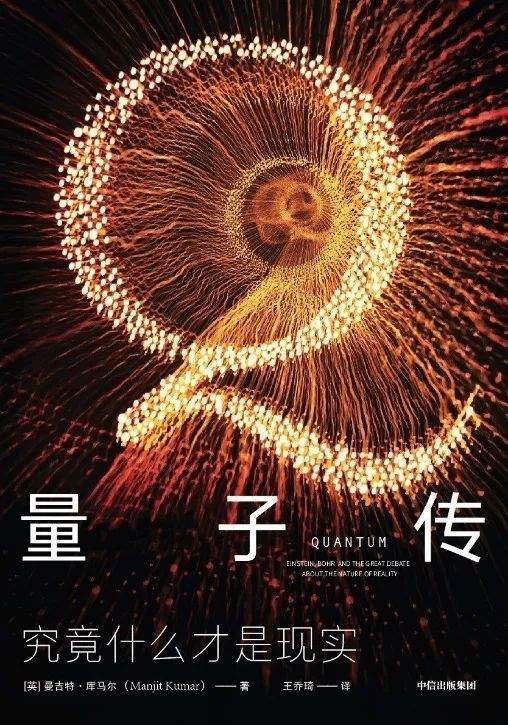
French physicist Louis Debro means that electrons have volatility in the doctoral ...